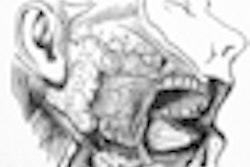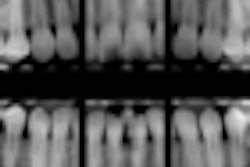Cone-beam CT (CBCT) sialography allowed better visualization of gland parenchyma and identification of sialoliths than 2D radiography in a new study published in Dentomaxillofacial Radiology (January 1, 2013, Vol. 42:1, 20110319).
For this study, conducted at the University of Toronto, 47 subjects underwent parotid or submandibular gland sialography over a two-year period using both plain imaging and CBCT. Both image sets were anonymized and independently reviewed by three certified oral and maxillofacial radiologists blinded to the clinical data.
With respect to visualization of the gland parenchyma (p < 0.001) and identifying sialoliths (p = 0.02), CBCT outperformed 2D radiography, the researchers reported. While 2D radiography outperformed CBCT for identifying strictures (p = 0.04), the negative percent agreement (specificity) between the two imaging modalities was 100%.
Although both imaging modalities performed equally in identifying normal and abnormal sialographic examinations, cone-beam CT demonstrated a high specificity for normal glands and a high sensitivity for abnormal glands with inflammatory changes, the researchers concluded.



















